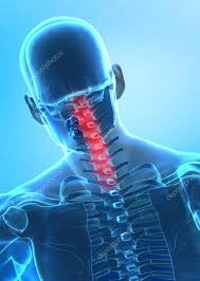Where Does Good Balance and Coordination Come From? Introduction to Your Proprioceptive System
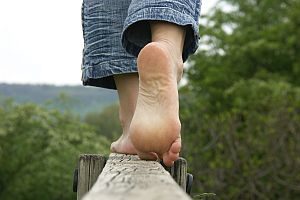
Proprioception is a complex system of anatomical checks and balances, neural impulses, and brain functions that controls our sense of balance, coordination, and agility. Put most simply, proprioception is the “sixth sense” that enables you to scratch your head without looking in a mirror or climb a flight of stairs without having to look at each step.
Most of us are so accustomed to proprioception that we take it for granted. Its development starts soon after we are born and is observed in infants as soon as they gain control of their neck muscles. When the infant’s body tilts in any direction, its head also tilts in the opposite direction to level its eyes with the horizon. This “righting reflex” is the beginning of our sense of balance.
More technically, proprioception is your body’s ability to transmit a sense of its position in space, analyze that information, and react—either consciously or unconsciously—to stimuli with the proper movement and force. Proprioceptors are a specialized type of motor and sensory nerve that transmits impulses to the central nervous system (in particular, the area of the brain known as the cerebellum) from stimuli felt by the muscles, tendons, joints, and skin. The impulses transmitted by proprioceptors contain vital information, such as the amount of tension in a particular muscle and the relative position of a body part when it is moving.
, Proprioception is what enables you to reach for a glass and actually find it in space. It is also what allows you to pick up the glass with just the right amount of force, neither dropping it nor breaking it by squeezing too hard. Proprioception is what enables you to keep your balance when walking on uneven surfaces or when riding a bicycle. The impulses from proprioception combine with input received from the vestibular system (the fluid-filled network in the inner ear that enables us to feel the pull of gravity and know which direction is “up”) and with input from the visual system to create our sense of balance.
However, just as our eyes become weaker with age, so can the proprioceptive system, leading to a loss of proper balance. This is one of the reasons that falling is the number one cause of hospital admissions for people over 60. Something has gone wrong with the complex processing of information needed to maintain their balance, so older people are more likely to slip and fall on stairs or on slippery sidewalks and injure themselves.
Fortunately, you can strengthen your proprioceptive system by practicing simple balance exercises, thus keeping keep your sense of balance from weakening as you grow older. There are many forms of inexpensive exercise equipment (such as BOSU or Bongo Boards) that enable you to stand on a platform that is designed to be wobbly. This instability forces your muscles and your proprioceptive system to work more, and thus become stronger. So if you are over the age of 50, you should consider speaking to your chiropractor about exercises to improve your proprioception. They are very simple but can greatly improve your overall sense of balance, therefore significantly reducing your risk of injury from falls as you grow older. To schedule an appointment with Dr. Oblander, call 406-652-3553.
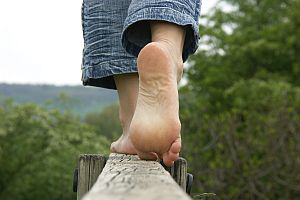


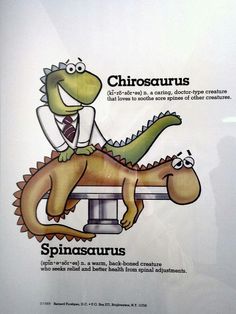
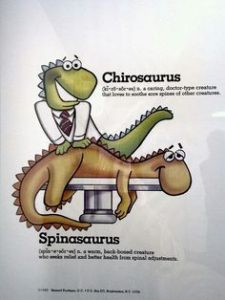
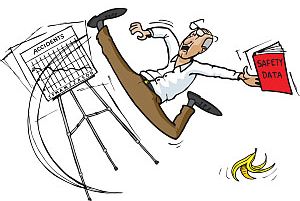
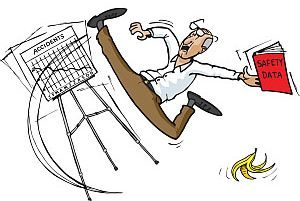 While we’ve all seen the old banana peel skit, slips and trips in the real world are no laughing matter. Simply falling to the floor or pavement from an upright position causes a great many serious injuries—and even deaths—each year. No one really knows for certain how many falls could actually be prevented, but the topic is of growing interest to a wide variety of people, from public health officials, designers, architects and community planners to business owners, workplace supervisors and employees. Senior citizens are perhaps the most at risk. The U.S. Centers for Disease Control and Prevention (CDC) presents several statistics that highlight this point:
While we’ve all seen the old banana peel skit, slips and trips in the real world are no laughing matter. Simply falling to the floor or pavement from an upright position causes a great many serious injuries—and even deaths—each year. No one really knows for certain how many falls could actually be prevented, but the topic is of growing interest to a wide variety of people, from public health officials, designers, architects and community planners to business owners, workplace supervisors and employees. Senior citizens are perhaps the most at risk. The U.S. Centers for Disease Control and Prevention (CDC) presents several statistics that highlight this point: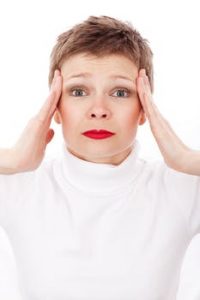 A very recent review of prophylaxis of migraine was published in the Canadian Medical Journal (1). To say the least, their findings were remarkable. Although this was a medically oriented review, several herbal and nutritional approaches were rated as effective as drug therapy with significantly fewer reported adverse events. Table 1 is a summary of the findings of the review for interventions when the outcome measure used was the odds ratio of a 50% decrease in frequency of migraine. All findings were based on studies that were graded by the authors as A or B evidence based on the United States Preventive Services Task Force criteria.
A very recent review of prophylaxis of migraine was published in the Canadian Medical Journal (1). To say the least, their findings were remarkable. Although this was a medically oriented review, several herbal and nutritional approaches were rated as effective as drug therapy with significantly fewer reported adverse events. Table 1 is a summary of the findings of the review for interventions when the outcome measure used was the odds ratio of a 50% decrease in frequency of migraine. All findings were based on studies that were graded by the authors as A or B evidence based on the United States Preventive Services Task Force criteria.